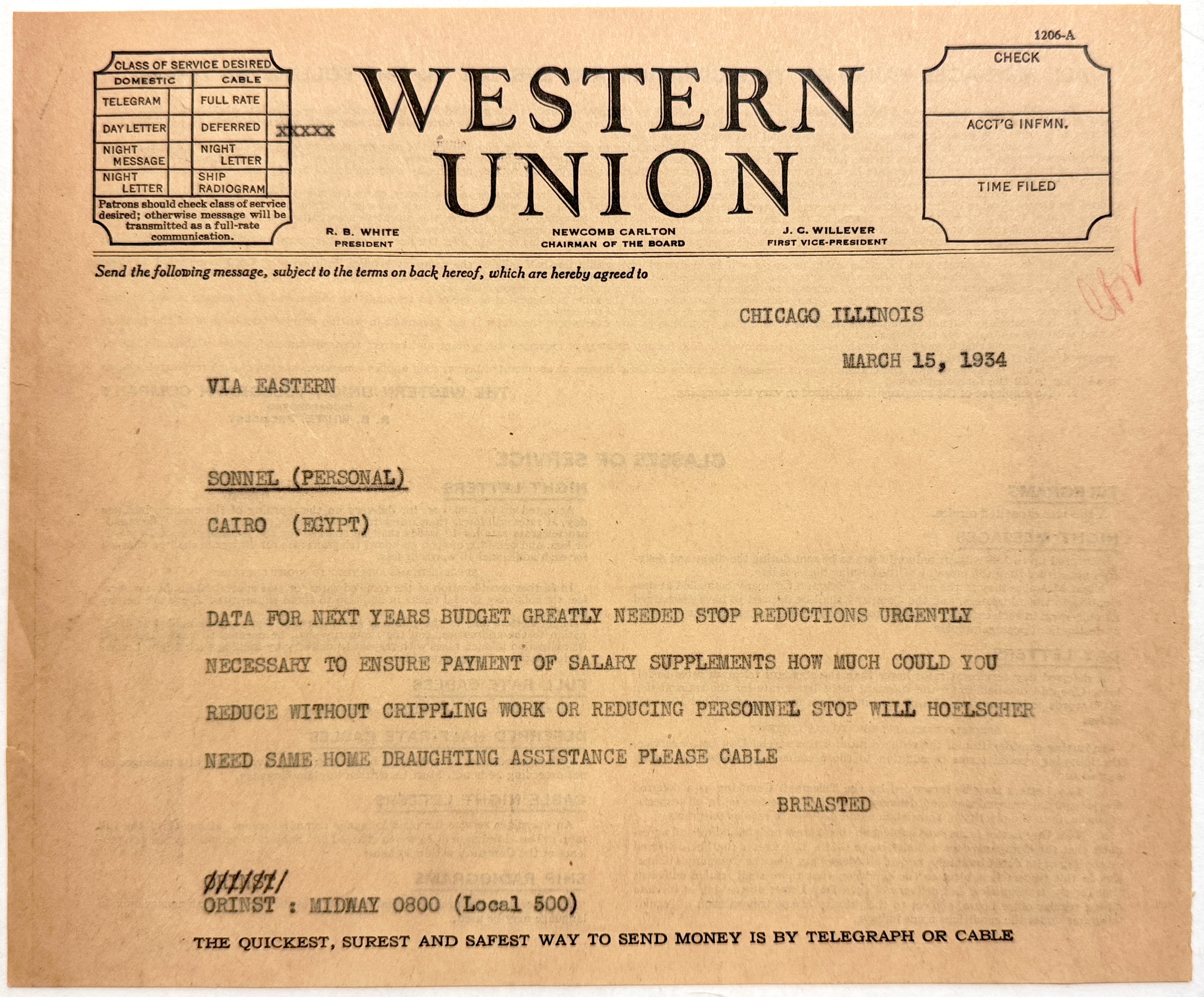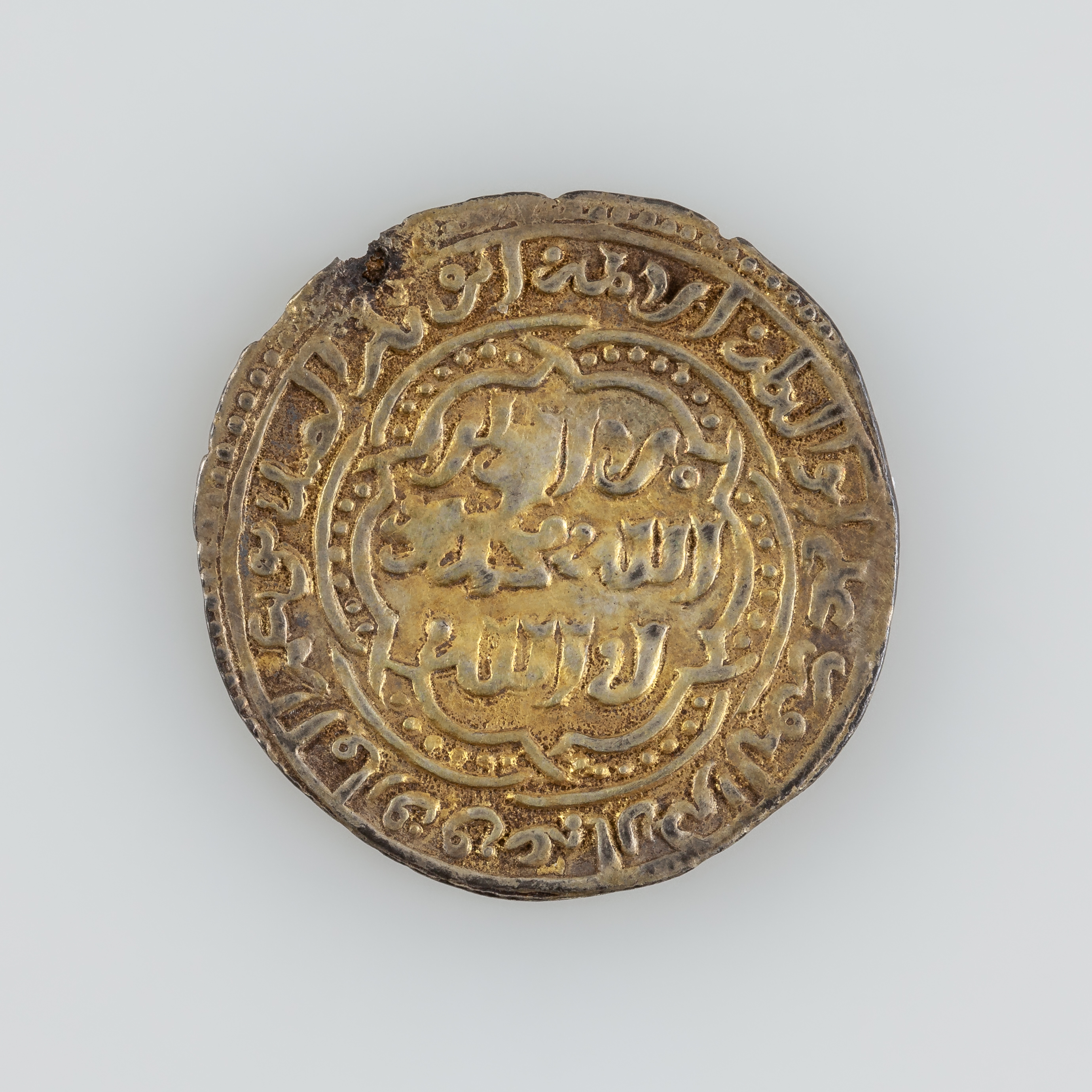ISAC's "Fifty-Cent Men": How the Gold Reserve Act Altered the Business of Archaeology
A Satellite ISAC Museum Exhibition
University of Chicago Booth School of Business, Lobby
May 6, 2024 – May 2026
In 1933, the United States was taken off the gold standard by executive order. Although Americans were allowed to retain gold products such as jewelry and collector’s items, they were required to sell all gold currency to the government, effectively changing the precious metal from a currency into a commodity. This order was followed by the Gold Reserve Act of January 30, 1934, signed by President Franklin D. Roosevelt at the height of the Great Depression. An attempt to stabilize money supply in the United States, this legislation transferred the gold reserves from all Federal Reserve banks to the US Treasury, with the aim of stemming deflation by devaluing the dollar. The authors of this law anticipated that the dollar would depreciate to a value no lower than 50 cents, hence the term “Fifty-Cent Men.” Although depreciation never reached that extreme level, the law drastically affected markets at home and abroad. At the time, the Institute for the Study of Ancient Cultures at the University of Chicago (ISAC)—then known as the Oriental Institute—was active not only in Chicago but also at five archaeological sites in West Asia and North Africa. The devaluation of the dollar created turmoil across these excavations. At ISAC’s Epigraphic Survey in Luxor, Egypt, for example, every staff member’s livelihood was soon thrown into question.
The exhibited objects and archival documents are from the collections of the ISAC Museum and the ISAC Museum Archives, respectively.
This exhibition has been curated by Anne Flannery and organized by the ISAC Museum: Susan Allison, Robert Bain, Laura D'Alessandro, Marc Maillot, Helen McDonald, Kiersten Neumann, Joshua Tulisiak, and Alison Whyte, with support from Andrew Baumann, J. Brett McClain, and Emily Teeter.





